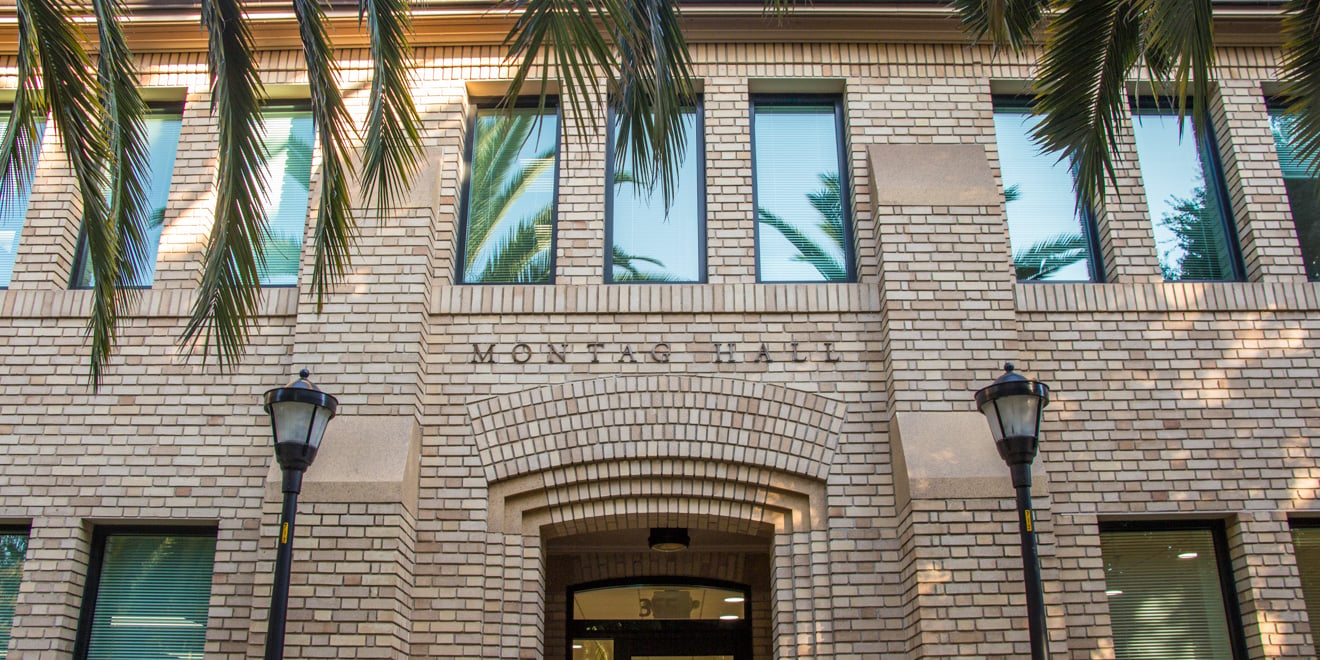Stanford was deemed one of the most affordable institutions on the New York Times’ College Access Index this year, coming in 15th out of 171 qualifying institutions that submitted data. The annual index ranks colleges with a 75 percent graduation rate or higher in five years based on their affordability for low- to middle-income students.
“We have a very good financial aid program, and we’re very proud of what we’re able to do for low-income students, and I think it’s deserved,” said Karen Cooper, director of financial aid.
The College Access Index ranks institutions’ commitment to economic diversity based on reports that colleges and universities submit to the Integrated Postsecondary Education Data System (IPEDS). According to its website, IPEDS is a set of surveys conducted annually by the U.S. Department of Education’s National Center for Education Statistics, gathering information from every college, university and technical and vocational institution that participates in federal financial aid programs. Stanford ranked ahead of peer institutions such as Columbia and Yale but behind the University of California schools — including UC Berkeley — as well as Harvard and Princeton.
However, Cooper said that “it always makes [her] nervous when [Stanford ends] up on top,” since the findings are based on a relatively limited sample size. For Stanford, the data submitted comes exclusively from members of the freshman class who received Pell Grants, which, unlike loans, are provided by the government to eligible students and do not need to be repaid.
“Some of these numbers that look really good are based on … averages, so they’re very susceptible to one or two outliers,” Cooper added.
The Daily spoke to individual students about the strengths and weaknesses of the current financial aid program.
Positive experiences
Danna Gallegos ’20 said that she appreciated the size of Stanford’s financial aid package as well as the University’s efforts to make academic and social life inclusive for students from all backgrounds.
“I don’t know about middle-income students, but I think Stanford does provide an amazing financial aid package for low-income students,” Gallegos said. “I can’t expect Stanford to give me a full ride for four years — that doesn’t make sense — and we can also work to pay for things, but I think it’s pretty well done.”
Gallegos added that her freshman dorm community felt welcoming and accessible to low-income students and that it helped ease her transition into the University.
“My [resident assistants] did an amazing job communicating to everyone that if you wanted to go somewhere but you couldn’t pay for it, they would use the dorm funds,” she said.
In the past decade, increasing accessibility has become a point of focus for the Financial Aid Office. Cooper emphasized the importance of simplifying the language used in presentations and on the financial aid website to make it easier for prospective students to navigate the aid process.
“Back in the day, what we used to say was, ‘Oh, we’ve got a great financial aid program, just fill out these complicated forms, get admitted, and then we’ll tell you about financial aid,’” she said. “No wonder students from low-income backgrounds were not applying to schools like ours at same percentage [as] to flagship public institutions.”
Research shows that disparities in socioeconomic status still persist across colleges. As of 2013, more Stanford students come from the top 1 percent of the income distribution than the bottom 50 percent of the income scale.
Stanford’s focus on accessibility today is directly connected to a desire to attract applicants from all socioeconomic backgrounds. While Cooper declined to provide detailed statistics, she said that the Financial Aid Office recently hired several new staff members and is working on partnering with other offices such as the Diversity and First-Gen Office and the Haas Center for Public Service to provide financial support and outreach for students.
Last year was also the first year that Stanford provided “welcome grants” to further ease the college transition of low-income freshmen from families with zero expected parent contribution. The grants provide $2,000 to help students pay for books, dorm materials, transportation expenses and anything else they might need.
Gallegos, who was a recipient of one such grant, said that “it was actually extremely helpful,” adding that she wished the University had started the program earlier.
Lingering concerns
However, Gallegos and many other students still face problems navigating additional fees and payments that are not included in the financial aid package.
“There are definitely times when … if I want to study abroad or do something overseas and I have to pay for my plane tickets and accommodations, I have to be like, ‘Yikes, never mind’ or postpone it until I have enough money to pay for it,” Gallegos said. “That’s annoying, but again, I don’t know how plausible it is to expect Stanford to pay for all that.”
Unanticipated expenditures can also contribute to financial hardships. Gallegos added that small expenses such as bike repairs and course fees can quickly accumulate and cause stress.
“In situations like that, I can’t just be like, ‘Hey, Mom, can you send me the money so I can pay for something?’” Gallegos said. “Small things like that are kind of unexpected … [because] they’re things I haven’t planned to pay.”
Cooper stressed that while the financial aid process at Stanford still needs improvement, the data from the College Access Index shows prospective applicants from low-income backgrounds that financial worries should not discourage them from considering Stanford.
“Who we really need to reach are people who have kids in middle school, because … if you very early on get a message that [Stanford] is unaffordable, why would you try — you’re closing off that opportunity,” said Cooper. “It’s really important that we get that message out early, as early as we can.”
Contact Veronica Kim at vkim70 ‘at’ stanford.edu.
